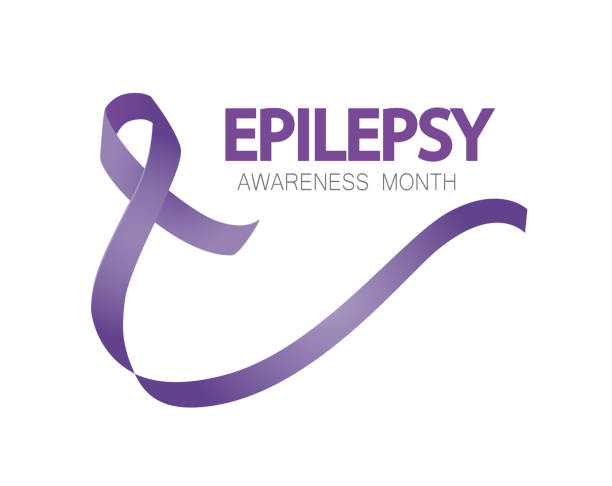What is Epilepsy?
Epilepsy is a neurological condition that affects the nervous system. Epilepsy is also known as a seizure disorder. People with Epilepsy are usually diagnosed after the person has had at least two seizures (or after one with a substantial risk for more) that were not caused by some other known medical condition.
What are Seizures?
Seizures from Epilepsy are caused by disturbances in the electrical activity in the brain. Seizures may be related to a brain injury, genetics, immune, brain structure, or metabolic cause, but most of the time the cause is unknown.
Symptoms:
During a seizure, a person experiences abnormal behavior, symptoms, and sensations, sometimes including loss of consciousness. There are a few symptoms that happen between seizures. People may experience:
- Whole body: fainting or fatigue
- Muscular: rhythmic muscle contractions or muscle spasms
- Sensory: aura or pins and needles
- Also common: seizures, amnesia, anxiety, depression, headache, sleepiness, staring spells, or temporary paralysis after a seizure
Facts about Epilepsy and Seizures:
- 65 million people around the world have Epilepsy
- 3.4 million people in the United States have Epilepsy
- 1 in 26 people in the United States will develop Epilepsy at some point in their life
- Between 4 and 10 in 1,000 people on Earth will live with active seizures at any one time
- 150,000 new cases of Epilepsy in the United States every year
- 1/3 of people with Epilepsy live with uncontrollable seizures because existing medications do not work for them
- 6 out of 10 people with Epilepsy had an unknown cause for it
Seizure First Aid- STAY, SAFE, SIDE:
STAY with the Person and Start Timing the Seizure:
- Remain calm– it will help others stay calm too. Talk calmly and reassuringly to the person during and after the seizure- it will help as they recover.
- Check for medical ID
- Look at your watch and time the seizure from beginning to end. Timing will help decide if emergency help is needed.
- While most seizures last a few minutes, they can be unpredictable. Some people may start with minor symptoms but lead to loss of consciousness or a fall that could cause injury, while others may end in seconds.
Keep the Person SAFE:
- Move or guide them away from harmful or sharp objects.
- If a person is wandering and confused, help steer them clear of dangerous situations. Examples: traffic, train or subway platforms, heights, and sharp objects.
- Encourage people to step back and give the person some room. Waking up to a crowd can be embarrassing and confusing to them after a seizure.
- Ask someone to stay nearby in case further help is needed.
Turn the Person onto Their SIDE If They are Not Awake and Aware:
- Make the person as comfortable as possible.
- Loosen tight clothes around their neck.
- If they are aware, help them sit down in a safe place.
- If they are at risk of falling or having a violent seizure:
- Lay them on the floor.
- Put something small and soft under their head
- Turn them on their side with their mouth pointing towards the ground. This prevents any saliva from blocking their airways.
- During a convulsion, it may look like the person stopped breathing. This happens when their chest muscles tighten during the tonic phase of a seizure. As this part ends, the muscles relax and breathing resumes normally.
- Rescue breathing is not needed during these changes.
Do NOT Put Any Objects in Their Mouth! Do NOT Restrain Them! STAY With Them Until They are Awake and Alert After the Seizure!
When to Call 911:
- Seizure lasts for more than five minutes
- Repeated seizures
- Difficulty breathing
- Seizure occurs in water
- A person is injured, pregnant, or sick
- Person does not return to their original state
- First time seizure
- Person asking for medical help
“What should I do if I notice any symptoms? “-
If you or a loved one is experiencing any of these symptoms, GET HELP IMMEDIATELY!! If Epilepsy is left untreated, it could result in more violent and frequent seizures and serious injuries and burns.
For more information on Epilepsy, the Epilepsy Foundation, and more, visit www.epilepsy.com.
For more information on becoming certified to give “Seizure First Aid,” visit www.epilepsy.com/living-epilepsy/seizure-first-aid-and-safety/first-aid-seizures-stay-safe-side.


 by
by 

